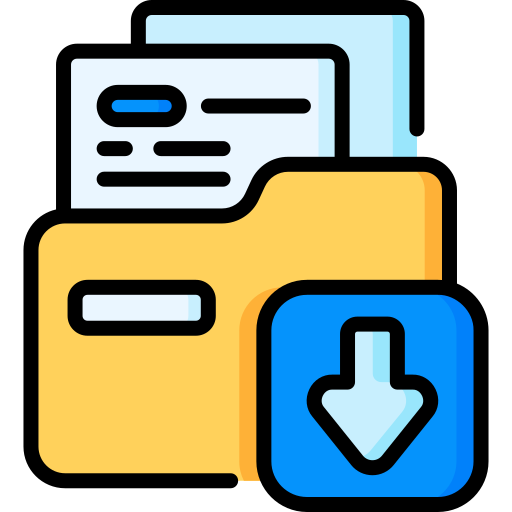
Instant Download

After Sale Support
- Exam Title: Azure IoT Developer Exam
- Certification Name: Azure
- Exam Code: AZ-220
- Total Questions: 204
Rs8,458.79 Original price was: Rs8,458.79.Rs854.42Current price is: Rs854.42.
AZ-220

Instant Download

After Sale Support

Limited Time Offer
- Exam Title: Azure IoT Developer Exam
- Certification Name: Azure
- Exam Code: AZ-220
- Total Questions: 204
Rs8,458.79 Original price was: Rs8,458.79.Rs854.42Current price is: Rs854.42.
Description
The AZ-220 Exam is a certification assessment designed for developers who want to demonstrate their expertise in building, deploying, and maintaining Internet of Things (IoT) solutions on Microsoft Azure. This exam evaluates your ability to implement IoT solutions, including device management, data processing, and security best practices. Achieving success in this exam signifies that you possess the necessary skills to leverage Azure services for creating innovative IoT applications. Whether you’re advancing your career or enhancing your technical knowledge, passing the AZ-220 Exam is a key step in showcasing your proficiency in Azure IoT technologies.
Q & A
| 5 star | 88 | 88% |
| 4 star | 12 | 12% |
| 3 star | 0% | |
| 2 star | 0% | |
| 1 star | 0% |
Sorry, no reviews match your current selections

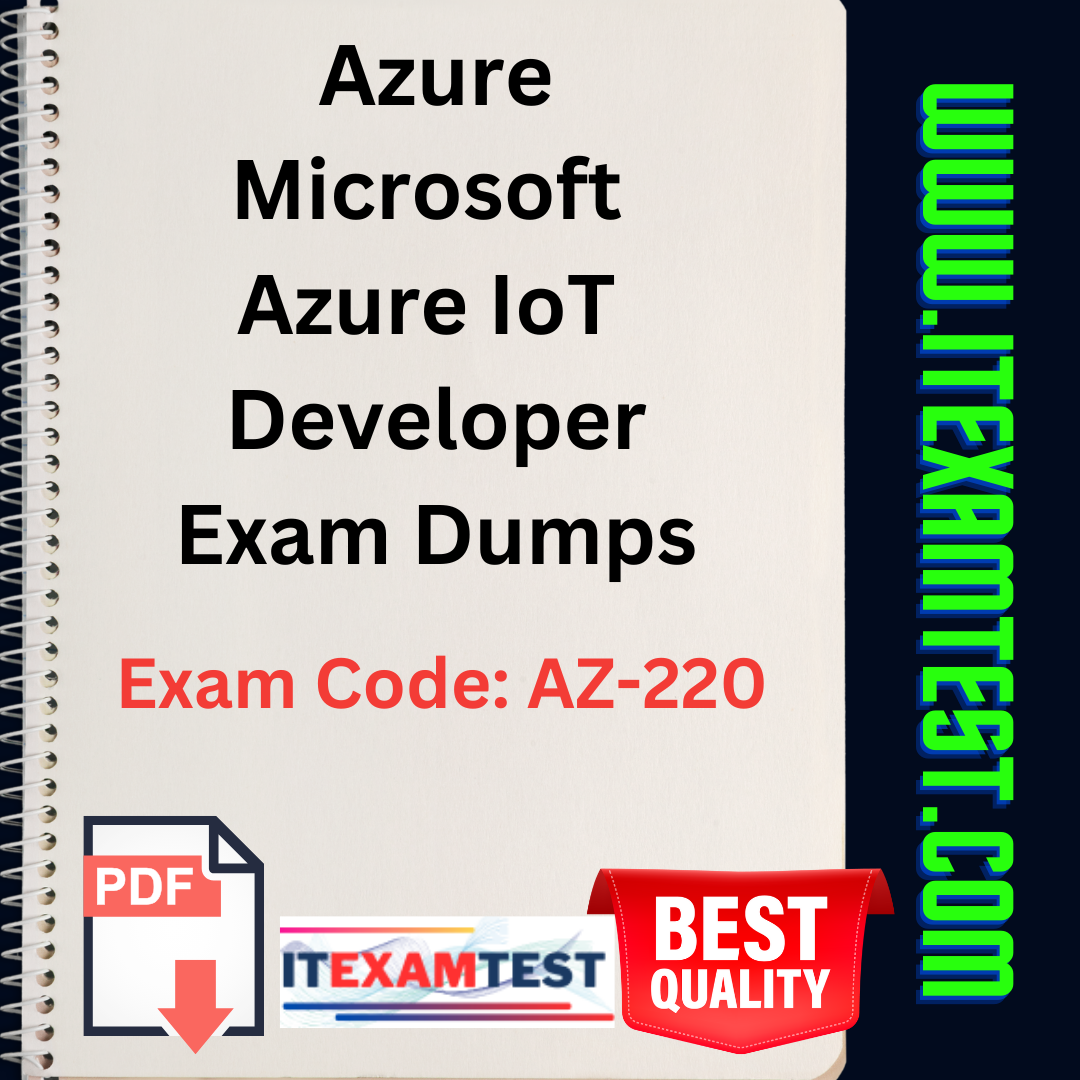
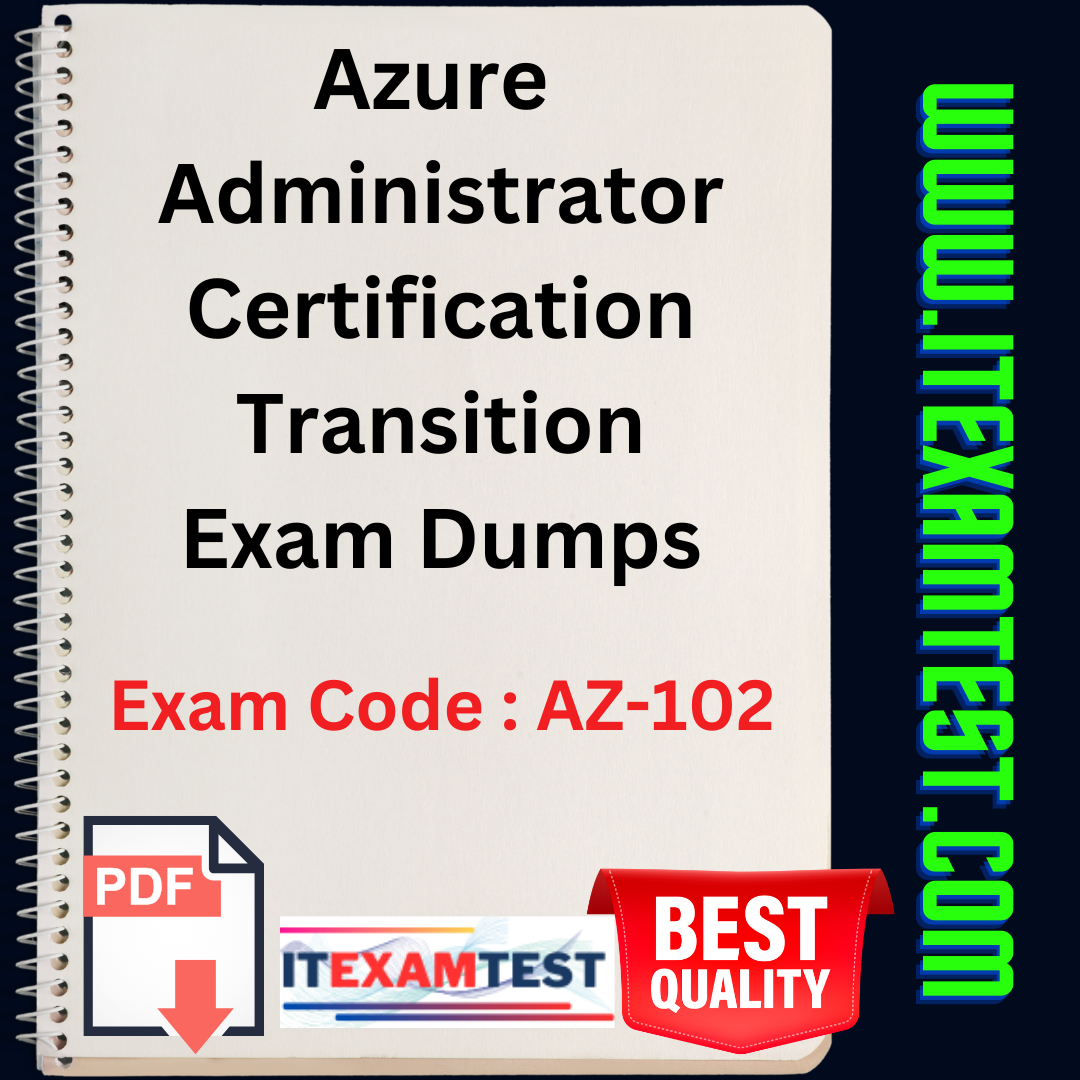

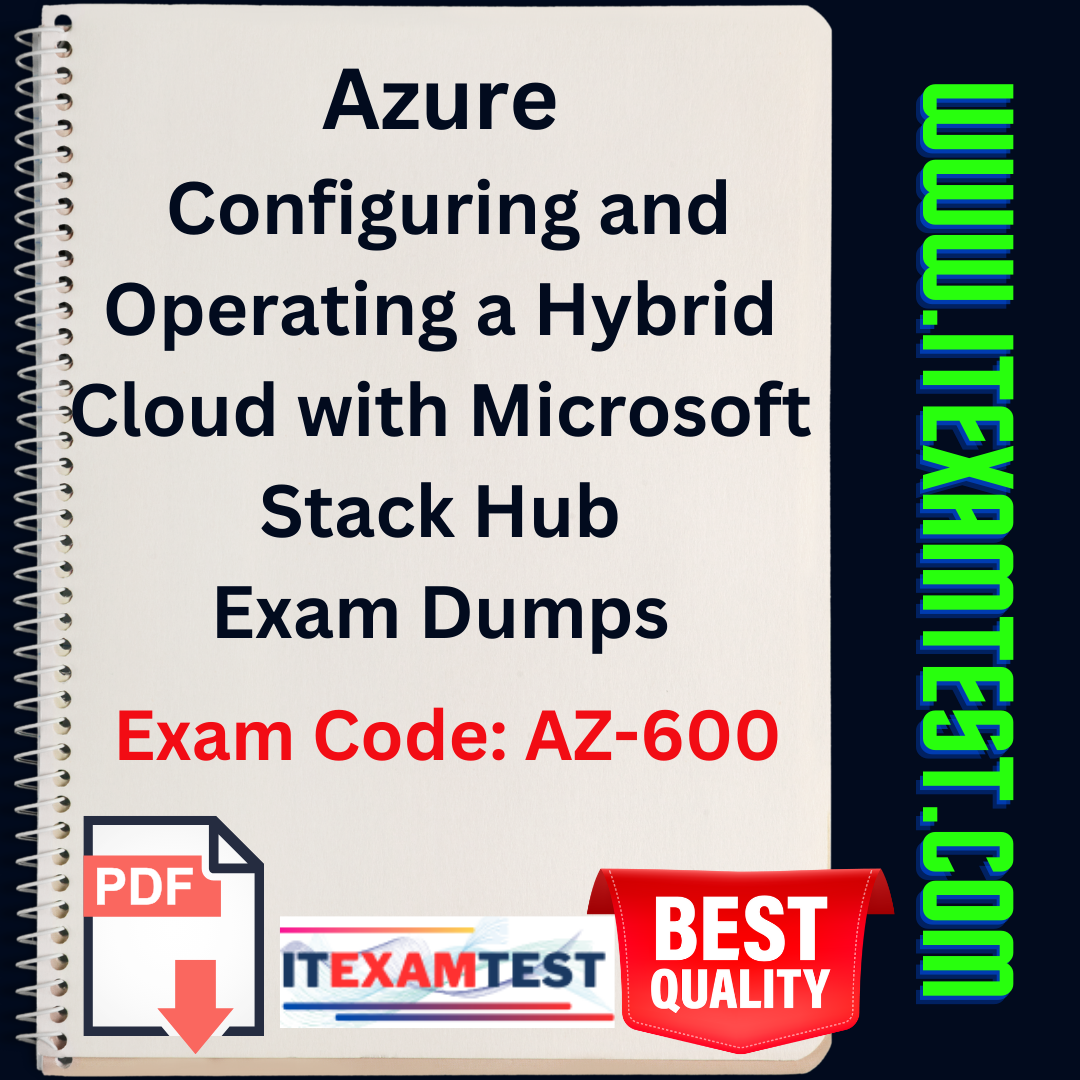
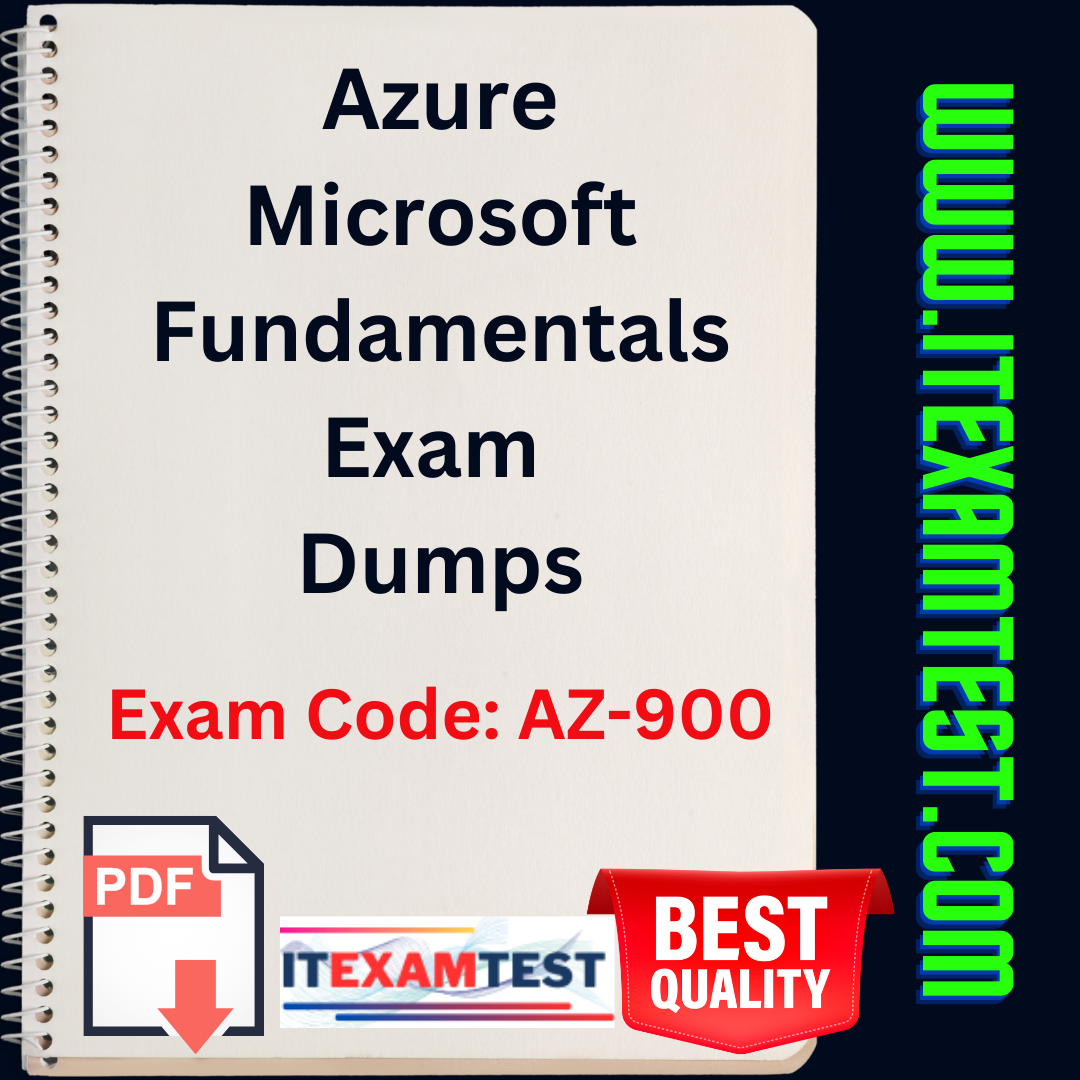

I appreciate this website. it has relevant content.
I passed the exam—highly recommended.
I have been visiting this site and studied this exam for 1 week now. Wrote my exam yesterday and I passed. Most of the questions are word by word.
I appreciate the service and help received from the customer service. I passed my exam with this exam.
this web site help me to prepare for my exams.